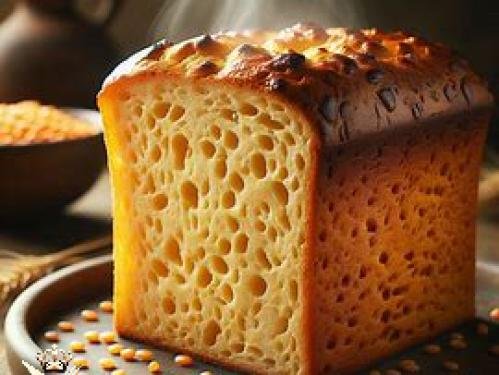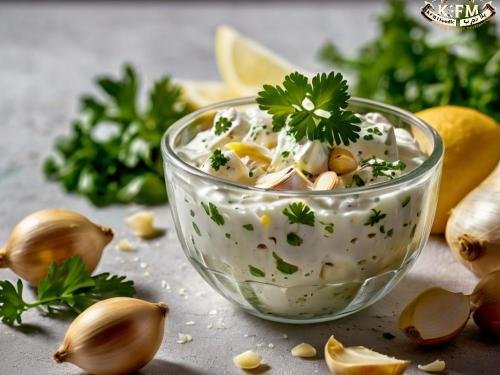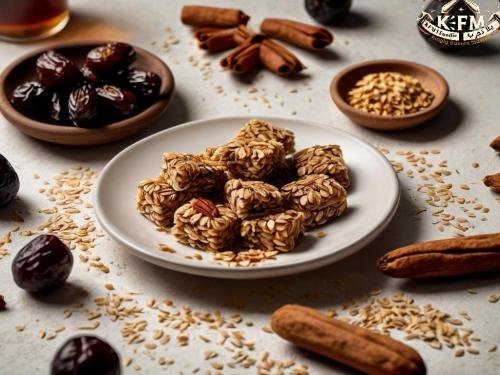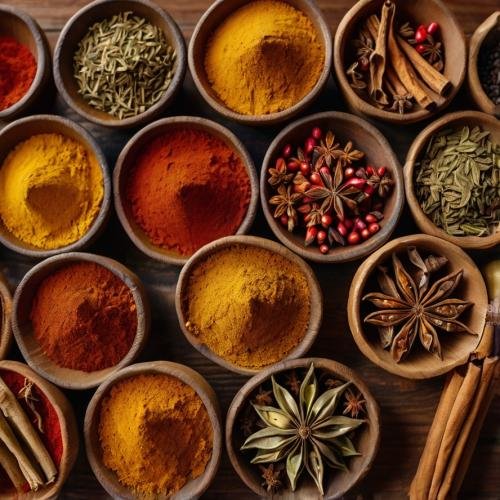For a long time, Iraqi Chicken Mandi has been one of the traditional dishes that distinguish Iraqi cuisine. It combines rice, chicken, and distinctive spices such as saffron, cinnamon, and cumin. This recipe is not only delicious but also provides several health benefits. The chicken contains vitamins B6 and B12, which help boost metabolism and produce red blood cells, while the rice provides carbohydrates that give the body long-lasting energy. Spices such as cumin and cinnamon promote digestion and have anti-inflammatory properties. However, it is important to note that Chicken Mandi may contain high calories due to the use of oil and ghee, so it is recommended to consume it in moderation.
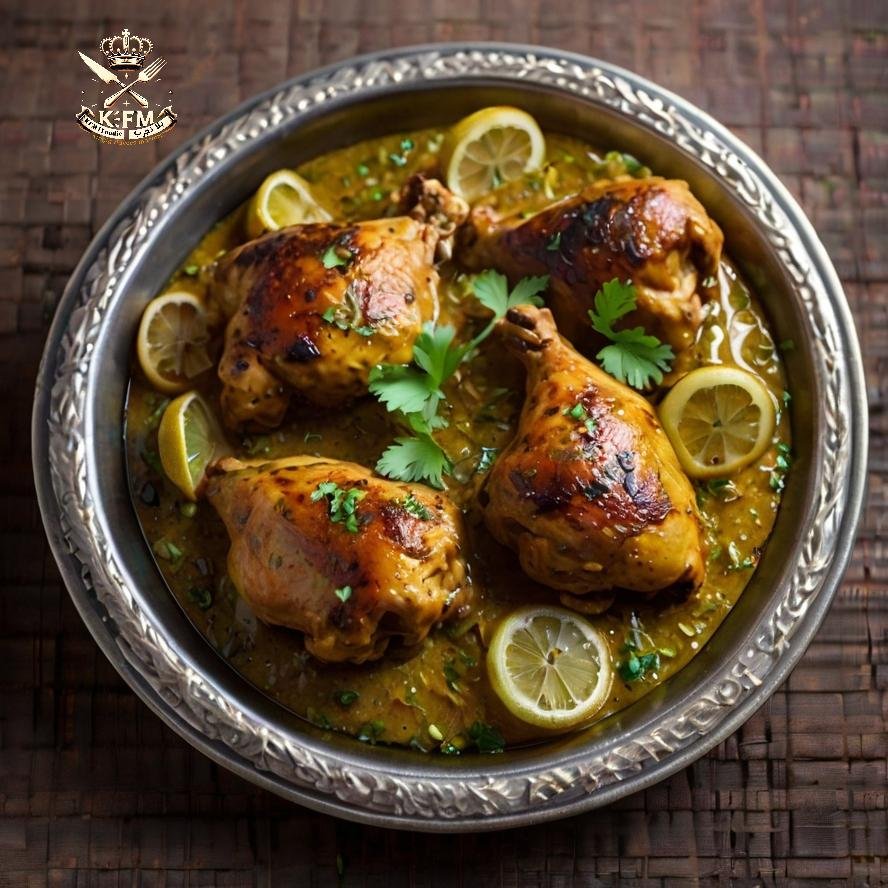
Ingredients:
- 1 whole chicken (about 1.5 kg)
- 2 cups basmati rice
- 2 finely chopped onions
- 3 garlic cloves, minced
- 2 tomatoes, chopped
- 1 tablespoon minced ginger
- 2 teaspoons cumin
- 1 teaspoon cinnamon
- 1 teaspoon turmeric
- 1 teaspoon saffron (optional)
- 2 tablespoons vegetable oil
- Salt and pepper to taste
- 4 cups chicken broth or water
- 2 tablespoons ghee or butter
- Fresh coriander for garnish
Preparation Method:
- Wash the rice and soak it in water for 30 minutes.
- In a large pot, heat the oil and fry the onions, garlic, and ginger until golden.
- Add the tomatoes and spices (cumin, cinnamon, turmeric, saffron) and stir for two minutes.
- Place the chicken in the pot, add salt and pepper, and cook for 10 minutes.
- Add the chicken broth or water and bring the mixture to a boil. Then, reduce the heat and simmer until the chicken is cooked (about 30 minutes).
- In another pan, melt the ghee and stir-fry the soaked rice for two minutes.
- Add the rice to the chicken pot and cover the pot. Let it cook for 20-25 minutes, or until the rice is tender.
- Serve the Mandi and garnish with fresh coriander. Enjoy!
Substitutes for Ingredients:
- Vegetable broth instead of chicken broth: If you prefer a lighter flavor or follow a vegetarian diet, you can replace chicken broth with vegetable broth. The taste will still be delicious, and the nutritional elements will remain balanced.
- Ghee: If you prefer not to use ghee, you can substitute it with olive oil or sunflower oil, which will make the recipe slightly lighter and healthier.
- Spices: If certain spices, like saffron, are unavailable, you can omit them or replace them with other spices such as cardamom or black pepper to give a unique flavor.
Serving Tips: When serving Iraqi Chicken Mandi, it's recommended to pair it with a fresh salad, such as a green salad or yogurt cucumber salad, to add a refreshing taste that complements the strong flavors of the mandi. You can also add some roasted nuts like almonds or pine nuts for an extra special touch. Additionally, it can be served with slices of Arabic bread or a broth with some small grains to enhance the tasting experience.
Frequently Asked Questions:
- Can I use a small chicken instead of a large one?
Yes, you can use a small chicken in the recipe, but you'll need to reduce the cooking time slightly to prevent the meat from drying out. A smaller chicken usually requires a bit less cooking time than a larger one. - Can I make the mandi without ghee?
Yes, you can replace ghee with olive oil or vegetable oil for a lighter taste. Olive oil will be a healthier choice and will add a delicious flavor to the dish. - Can I use rice other than basmati?
The best rice for mandi is basmati rice because it is long-grain and absorbs flavors well. However, you can use other types of rice such as Egyptian rice or regular rice if basmati is unavailable. Just be sure to adjust the cooking time accordingly. - Does mandi have a high calorie content?
Yes, mandi is high in calories due to the use of ghee and oil. If you're following a low-calorie diet or trying to reduce fat intake, you can reduce the amount of ghee and oil or use healthier alternatives. - What are the best ways to store leftover mandi?
Leftover mandi can be stored in the refrigerator in an airtight container for 3-4 days. To preserve its flavor and taste, you can reheat it in the microwave or on the stove with a little water or broth. - Can I add other ingredients to the mandi?
Yes, you can add roasted nuts such as almonds or pine nuts or even raisins for a special touch. You can also add some vegetables like carrots and beans to enhance the nutritional value and increase the flavor variety.
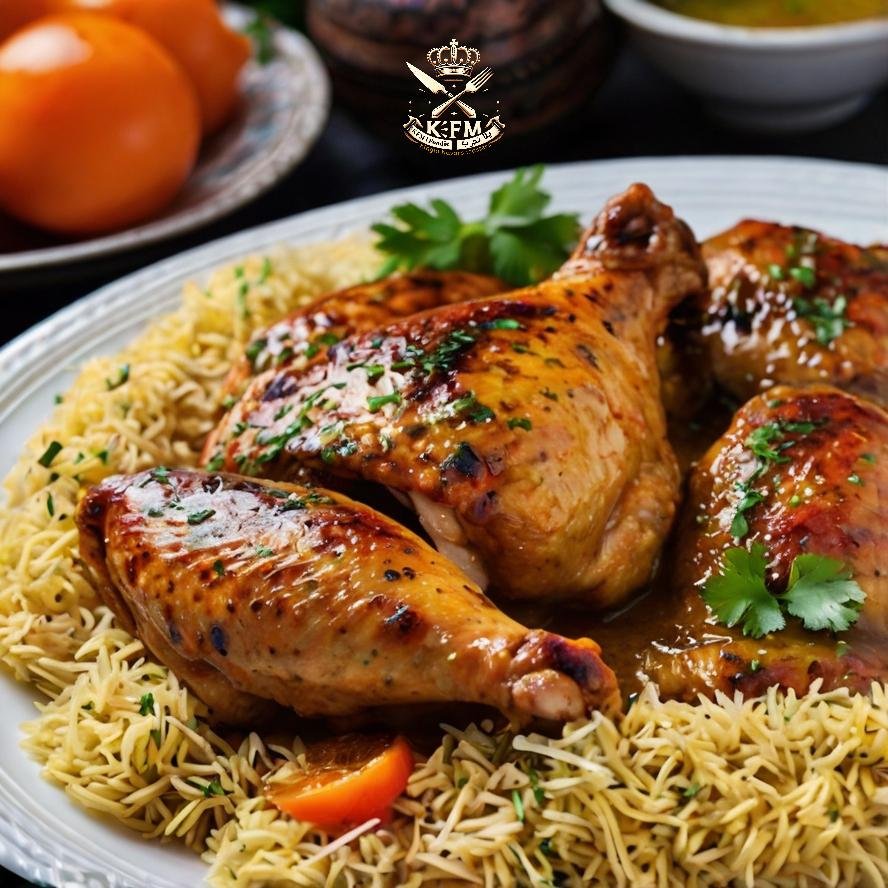
Nutritional Values and Benefits of Chicken Mandi
Whole Chicken (1.5 kg):
- Calories: 1650
- Protein: 150 grams
- Fat: 110 grams
- Sodium: 250 mg
Nutritional Benefit:
Chicken is an excellent source of lean protein that supports muscle growth and tissue repair. It also contains B6 and B12 vitamins, which help in energy production and the formation of red blood cells.
2 Cups of Basmati Rice:
- Calories: 400
- Carbohydrates: 88 grams
- Protein: 8 grams
- Fat: 1 gram
Nutritional Benefit:
Rice is a good source of carbohydrates that provide energy to the body. It also contains essential minerals like manganese and iron.
Vegetable Oil (2 tablespoons):
- Calories: 240
- Fat: 28 grams
- Sodium: 0 mg
Nutritional Benefit:
Vegetable oil provides healthy fats that support cell function and heart health.
Spices (Cumin, Cinnamon, Turmeric, Saffron):
- Cumin: 20 calories per teaspoon
- Cinnamon: 6 calories per teaspoon
- Turmeric: 8 calories per teaspoon
- Saffron: 6 calories per teaspoon
Nutritional Benefit:
These spices have anti-inflammatory properties, improve digestion, and support the immune system. Turmeric, in particular, contains curcumin, which has antioxidant properties.
Ghee (2 tablespoons):
- Calories: 200
- Fat: 22 grams
Nutritional Benefit:
Ghee is rich in butter, which supports gut health and may reduce inflammation. It is also a concentrated source of vitamins A, D, E, and K.
Benefits of Eating Mandi:
- Sustained Energy:
The carbohydrates in rice provide long-lasting energy, helping you stay active throughout the day. - Immune System Support:
The B6 and B12 vitamins in chicken help support a healthy immune system and red blood cell production. - Improved Digestion:
Spices like cumin and cinnamon support digestion and improve gut health. - Bone Health Support:
Ghee provides essential vitamins A, D, E, and K, which contribute to stronger bones and overall bone health. - Anti-inflammatory Properties:
Turmeric and cinnamon help reduce inflammation, which supports general health and well-being.
Additional Tip:
Eating mandi in moderation can be part of a healthy diet, especially when reducing the amount of ghee or replacing it with healthier alternatives like olive oil to balance flavor and nutritional benefits.














